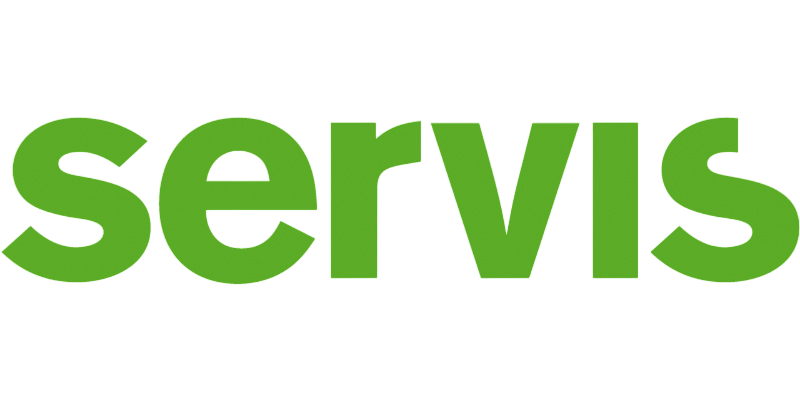Creative booths: turning your trade show presence into a powerful brand experience
In the competitive world of trade shows and business events, the way you present your brand can make or break your participation. Creative booths have become essential for capturing visitors’ attention in environments where dozens, or even hundreds, of companies are vying to stand out.
Table of contents
In this article, we’ll explore the keys to creating truly creative booths, take a look at current industry trends, and break down the design process. We’ll also cover ways to measure return on investment and highlight success stories that can inspire your next trade show or corporate event appearance.
What defines a truly creative booth?
A truly creative booth goes far beyond eye-catching aesthetics or the use of vibrant colors. It’s a comprehensive solution that blends design, technology, functionality, and brand storytelling to deliver a unique and cohesive experience. What sets a creative booth apart from a conventional one is its ability to communicate the company’s values and identity in an innovative way, creating an emotional impact on visitors.
Striking the right balance between beauty and utility is also key. A booth may look stunning, but if it fails to meet basic requirements—such as encouraging visitor interaction, offering suitable spaces for meetings or presentations, or clearly communicating the brand’s key messages—it will fall short of its core purpose. Creativity should always serve the company’s business and communication goals.
The visitor experience is the third essential pillar. A creative booth carefully considers the physical and emotional journey of each guest, always aiming to create meaningful, lasting impressions. Thoughtful interaction with booth elements, multi-sensory engagement aligned with the brand, and the creation of memorable moments are what truly distinguish a creative booth from one that simply looks good in photos.
The latest trends in creative booth design
Sustainability and eco-friendly materials
Sustainability is no longer optional—it’s become a requirement in booth design. Companies are increasingly incorporating sustainable materials that not only reduce environmental impact but also communicate a genuine commitment to sustainability. Options like certified wood, biodegradable plastics, and high-strength cardboard allow for visually striking designs without compromising environmental responsibility.
Modular booth systems designed for reuse are also gaining ground. These setups can be reconfigured to fit different spaces and layouts, extending their lifespan and improving the return on the initial investment. They also make transport and storage easier, helping to reduce the carbon footprint associated with moving bulky materials between trade show locations.
The positive impact of these initiatives on brand perception shouldn’t be underestimated. As visitors grow more aware of environmental issues, they tend to respond favorably to companies that embrace sustainable booths. This alignment between stated values and real-world actions strengthens brand authenticity and can serve as a powerful differentiator—especially in industries where sustainability is increasingly seen as a core value.
Do you have questions about your participation in a trade show?
Get our free consultation!
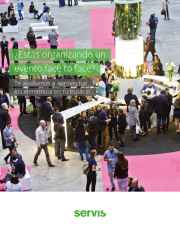
We help you make the most of your space to enhance Face-to-Face relationships.
Immersive and experiential technology
The integration of augmented and virtual reality is transforming the way visitors engage with booths. These immersive technologies break the physical limitations of space, enabling experiences that would otherwise be impossible to recreate. From visualizing full-scale products that wouldn’t physically fit in the booth to taking virtual tours of company facilities located thousands of miles away, the possibilities are virtually limitless.
Interactive screens and touch technology have evolved into essential features of any modern booth. Beyond simply playing corporate videos, these tools allow for dynamically personalized content based on each visitor’s profile and interests. Product configurators, brand-related interactive games, and gamified digital surveys are just a few examples of applications that enrich the visitor experience.


Functional minimalism
In contrast to the long-standing trend of overcrowding booths with information and stimuli, functional minimalism embraces clean designs that amplify the brand’s core message. This “less is more” philosophy doesn’t mean sacrificing creativity—it means focusing it on solutions that strip away the unnecessary to highlight what truly matters. A clean, thoughtfully designed space conveys professionalism and trust, while also providing the visual breathing room many visitors appreciate in the often-overwhelming trade show environment.
Making the most of available space has become a top priority, especially considering the high cost per square meter at major international trade shows. Minimalist designs often include clever, multifunctional solutions such as transformable furniture, integrated storage, or modular structures that can be reconfigured as needed throughout the event. This flexibility helps maximize ROI and adapt the booth to different uses over the course of the day.
Versatility and adaptability to different events is another key advantage of this approach. A well-designed minimalist booth can be easily adjusted to fit various booth sizes and layouts while consistently maintaining brand identity and visual coherence. This is particularly valuable for companies that exhibit at multiple events throughout the year, allowing them to maintain a recognizable and professional presence no matter the venue.
The creative booth design process
Concept development phase
Every successful booth starts with a clear definition of the business and communication goals it aims to achieve. This initial phase requires close collaboration between the marketing team and the designers to define what success looks like: is the goal to generate qualified leads? Strengthen brand image? Launch new products? Each objective calls for different strategic decisions regarding space layout, element placement, and key messaging.
Analyzing the target audience and their specific behavior at trade shows is essential for effective design. Designing a booth for industrial engineers is very different from designing one for graphic design professionals—each group has distinct sensory expectations and information priorities. Understanding how these professionals navigate trade shows in their industry, what types of interactions they value, and how much time they typically spend at each booth provides crucial insights for optimizing the visitor experience.
Technical planning
Spatial considerations and venue restrictions play a key role in guiding many decisions during this phase. Each trade show venue has its own regulations regarding maximum height limits, anchoring points, available electrical load, and material restrictions—all of which can significantly impact the design. A thorough analysis of these parameters, along with ongoing communication with event organizers, is essential to avoid unpleasant surprises during setup.
Budget management and resource optimization require a careful balance between creative ambition and economic reality. An experienced designer knows how to focus visual impact where it matters most to maximize return on investment. Often, smart creative solutions can have a greater impact than expensive elements, and strategically reusing components for future events can significantly improve medium-term ROI.
The production and installation timeline should allow for realistic safety margins to account for unforeseen issues. Coordinating multiple specialized vendors—carpentry, lighting, AV, and more—requires detailed planning that should begin well in advance. The schedule must include not only the fabrication of elements, but also system testing, in-studio mockups, and staff training for those who will be working at the booth during the event.
Execution and oversight
Quality control during production is a critical phase that can determine the success or failure of the project. Direct supervision during the fabrication of booth components helps identify and correct any deviations from the original design, ensuring that finishes meet established standards. This oversight should be especially thorough for high-visibility elements and those that involve direct interaction with visitors.
Logistical coordination involves multiple stakeholders and requires proactive management of potential setbacks. Transporting booth components, securing access permits for the venue, coordinating with the installation team, and timing all these activities properly present significant logistical challenges that must be planned in detail. A clear delivery and setup schedule, with assigned responsibilities, is essential to avoid delays.
Booth assembly oversight and final adjustments represent the last opportunity to ensure the visitor experience matches the original vision. Minor issues often arise during this phase and require on-the-spot creative solutions. Having a decision-maker on site with deep knowledge of the project is crucial to ensure these last-minute changes remain true to the design concept and that the booth is fully ready for the event’s opening.
Measuring ROI in creative booths
Measuring return on investment (ROI) in booth design is a complex task that requires a combination of quantitative and qualitative methods. Among the most effective approaches are lead tracking, interaction quality surveys, social media monitoring during the event, and post-event conversion evaluations. It’s essential to implement a comprehensive system that goes beyond simply counting visitors and captures the actual business value generated.
Key performance indicators (KPIs) for events should align with the strategic objectives defined at the outset. Depending on those goals, relevant KPIs might include cost per qualified lead, increase in positive brand perception, average interaction time per visitor, or the number of product demos conducted. Comparing these specific metrics to those from past events provides valuable insights into the effectiveness of the new creative design.
Interaction tracking and analytics technologies have evolved significantly, enabling much more accurate assessments of visitor behavior. From sensor-based counting systems to apps that map movement within the booth or platforms that measure time spent in each area, these tools provide objective data to complement the team’s subjective impressions. When analyzed correctly, this data can reveal which booth elements perform best and which may need adjustment for future events.
Examples of creative booths
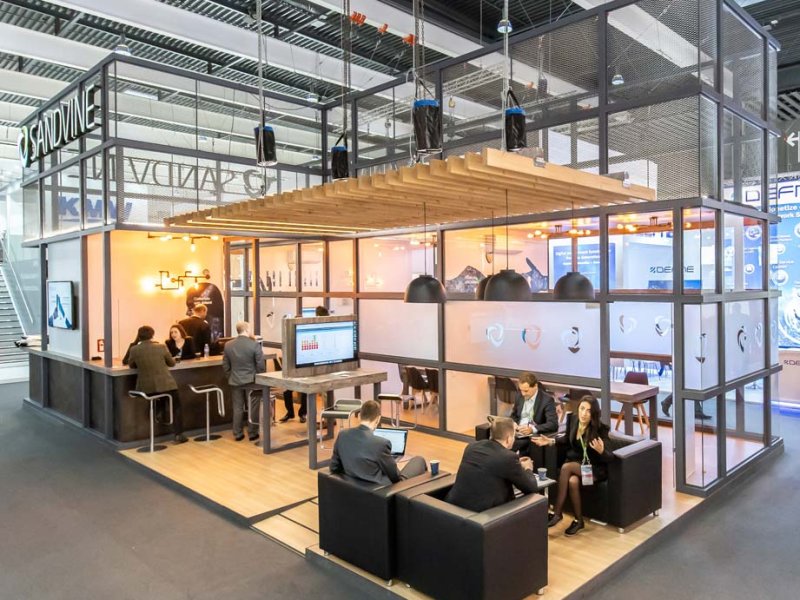
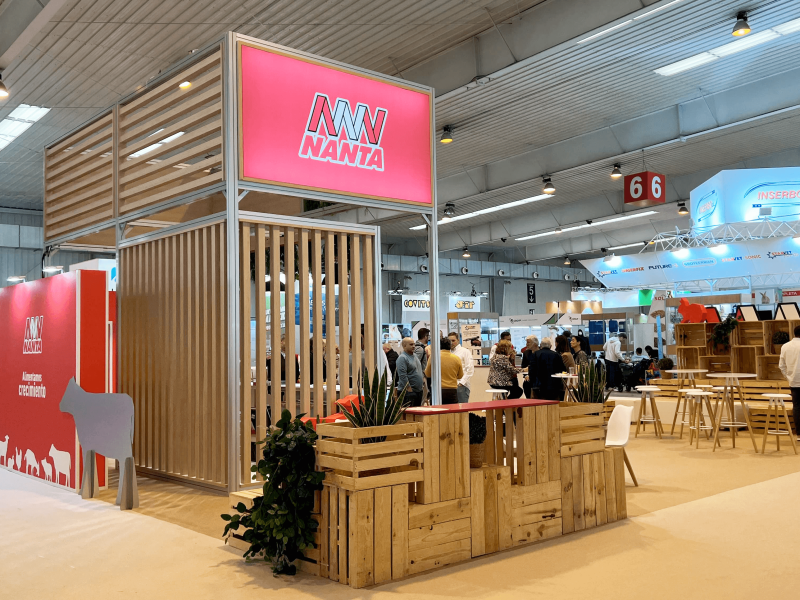
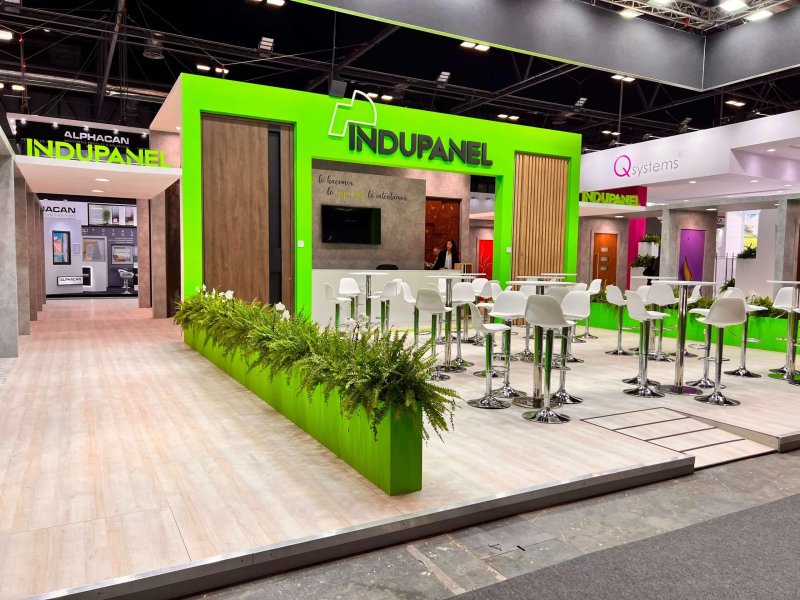
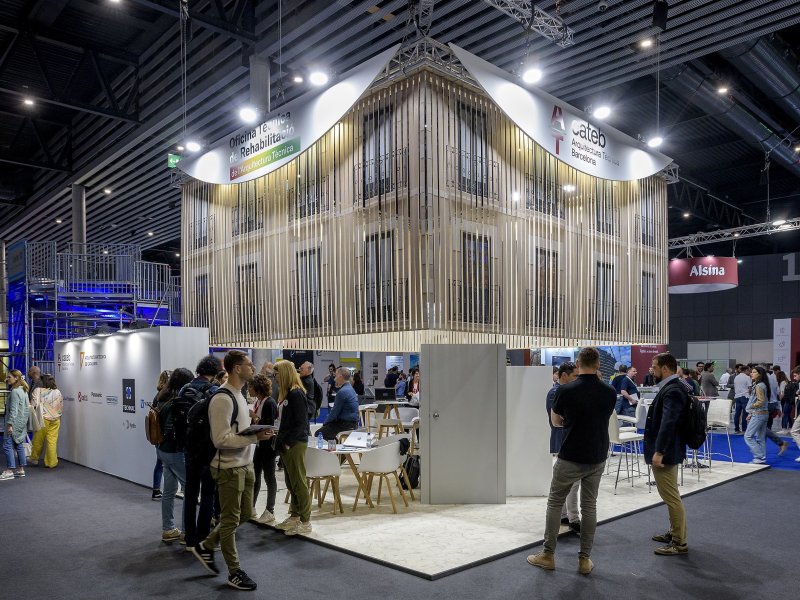
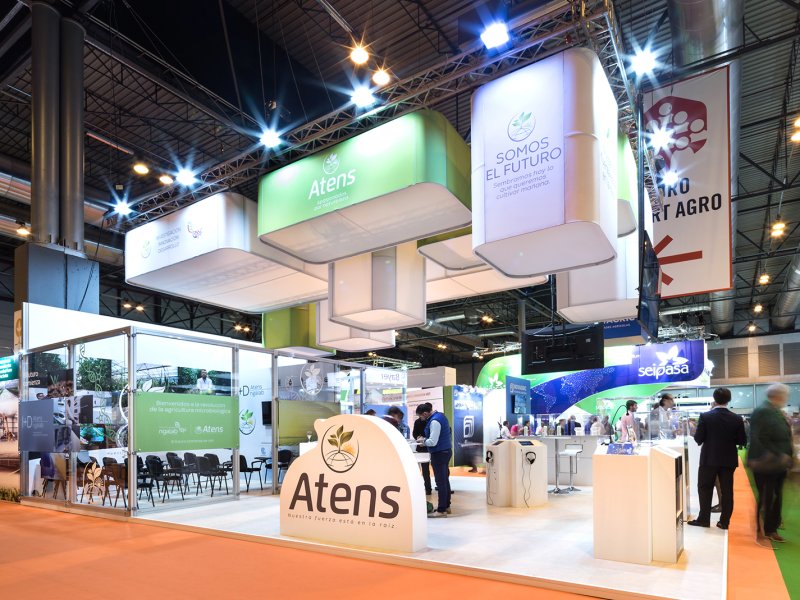

Conclusions on creative booths
Creative booths are far more than just physical spaces at a trade show—they’re powerful communication tools that can radically transform how your brand is perceived and how effective your participation in professional events can be. Throughout this article, we’ve explored how the combination of strategic design and focused creativity can create memorable experiences that connect with visitors on multiple levels.
Investing in a truly creative booth should be seen as an integral part of your marketing strategy, not just an isolated expense for a single event. The benefits go well beyond immediate lead generation—they contribute to overall brand positioning and provide content and experiences that can be leveraged across multiple channels. In an increasingly digital business landscape, these moments of physical and sensory connection with the brand hold extraordinary value.
Have you ever had a standout experience with a creative booth that changed the way you viewed a brand? What elements do you consider essential for a booth to grab your attention in a crowded, stimulus-filled trade show? We invite you to share your thoughts and experiences to keep enriching this exciting space where design and business strategy come together to create meaningful connections.
Do you need help managing your exhibition stand?
We’re here to make sure everything runs smoothly.
Let us know what you need, and we’ll get started right away.
Our services
Contact
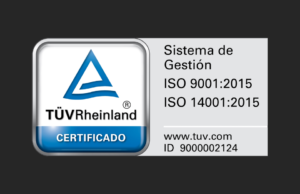
ISO 9001 and 14001 certified
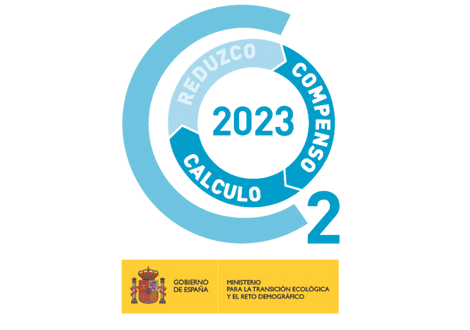
Certified for CO2 offsetting
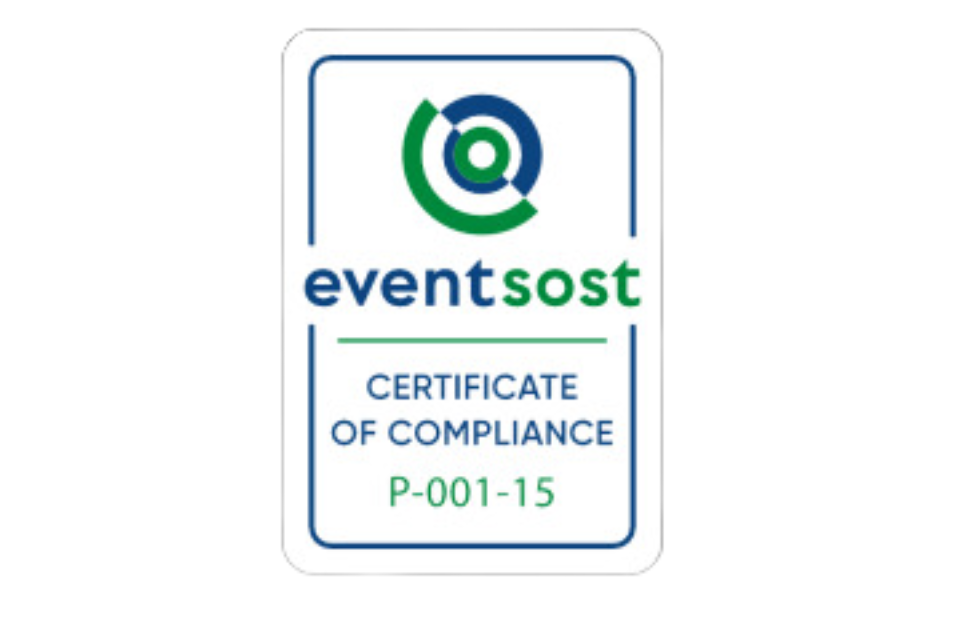
Eventsoft certified
